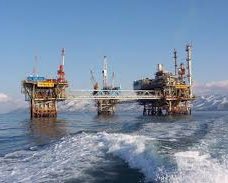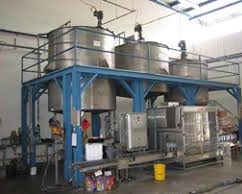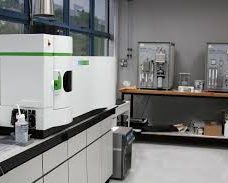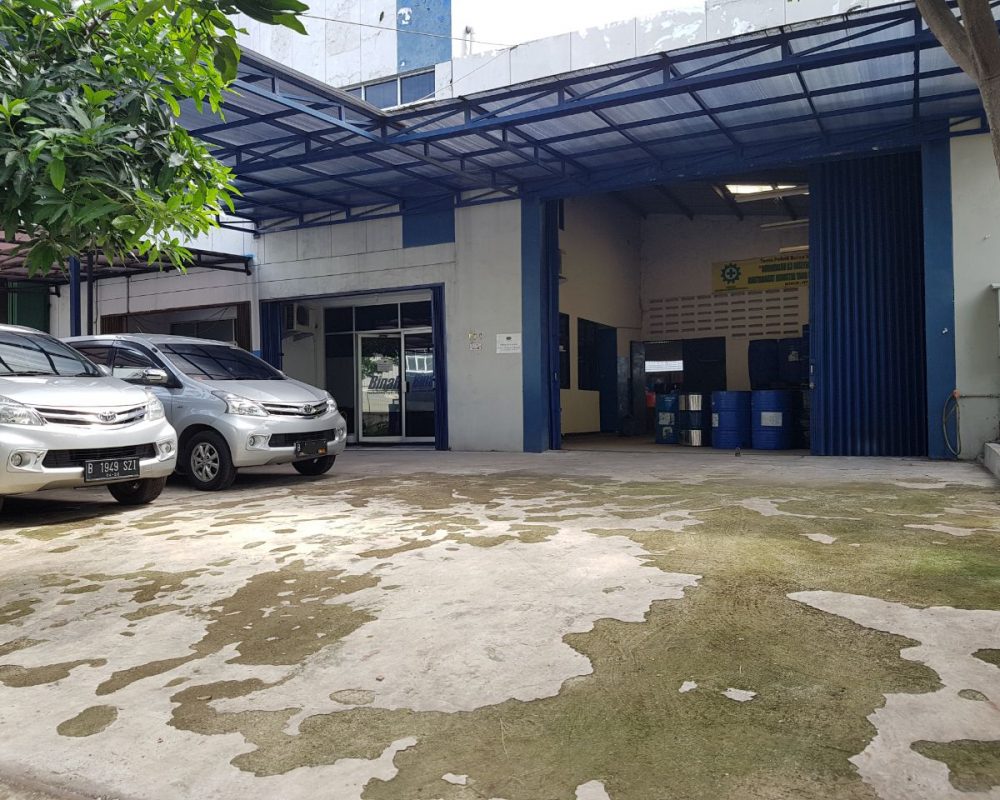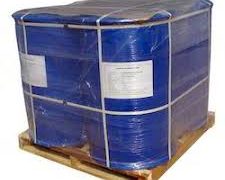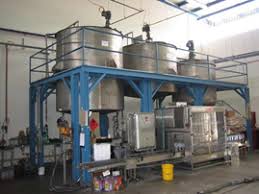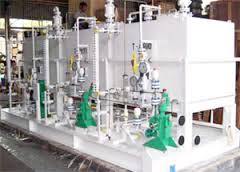BINAR 2450
GENERAL INFORMATION
Corrosion Inhibitor, BINAR 2450 is a water based corrosion inhibitor formulated. It will effectively inhibit corrosion caused by H2S, CO2 salt water and other elements. BINAR 2450 is designed to provide good film persistency and is dispersible in fresh and brine water. Low points in the bottom of flow lines where water has collected are protected because of the solubility of the product
PHYSICAL DATA
Appearance Clear Liquid
Color Light Brown
Specific Gravity @ 25°C 0.95 – 0.99
pH 7 ~ 9
Solubility Water soluble, oil dispersible
APPLICATION
A rule-of-thumb dosage rate is 10 – 20 ppm based on water production. This should be varied in accordance with the severity of the problem. Frequency and method of application vary over a wide range, depending upon individual characteristics.
STORAGE AND HANDLING
Corrosion Inhibitor, BINAR 2450 is non-flammable liquid. Use in well ventilated area. Keep container tightly closed when not in use. Wear appropriate PPE.
PACKAGING
Packaging in 200 liters drum. The product is manufactured by PT. Mitrabina Rekaniaga in Jakarta. The Material Safety Data Sheet of BINAR 2450 is available upon request.
==============================================================
INFORMATION
 A corrosion inhibitor is a chemical compound that, when added to a liquid or gas, decreases the corrosion rate of a material, typically a metal or an alloy. The effectiveness of a corrosion inhibitor depends on fluid composition, quantity of water, and flow regime. A common mechanism for inhibiting corrosion involves formation of a coating, often a passivation layer, which prevents access of the corrosive substance to the metal. Permanent treatments such as chrome plating are not generally considered inhibitors, however. Instead corrosion inhibitors are additives to the fluids that surround the metal or related object.
A corrosion inhibitor is a chemical compound that, when added to a liquid or gas, decreases the corrosion rate of a material, typically a metal or an alloy. The effectiveness of a corrosion inhibitor depends on fluid composition, quantity of water, and flow regime. A common mechanism for inhibiting corrosion involves formation of a coating, often a passivation layer, which prevents access of the corrosive substance to the metal. Permanent treatments such as chrome plating are not generally considered inhibitors, however. Instead corrosion inhibitors are additives to the fluids that surround the metal or related object.
Corrosion inhibitors are common in industry, and also found in over-the-counter products, typically in spray form in combination with a lubricant and sometimes a penetrating oil.
 The nature of the corrosive inhibitor depends on (i) the material being protected, which are most commonly metal objects, and (ii) on the corrosive agent(s) to be neutralized. The corrosive agents are generally oxygen, hydrogen sulfide, and carbon dioxide. Oxygen is generally removed by reductive inhibitors such as amin and hydrazines :
The nature of the corrosive inhibitor depends on (i) the material being protected, which are most commonly metal objects, and (ii) on the corrosive agent(s) to be neutralized. The corrosive agents are generally oxygen, hydrogen sulfide, and carbon dioxide. Oxygen is generally removed by reductive inhibitors such as amin and hydrazines :
O2 + N2H4 → 2 H2O + N2
In this example, hydrazine converts oxygen, a common corrosive agent, to water, which is generally benign. Related inhibitors of oxygen corrosion are hexamine, phenylenediamine and dimethylethanolamine, and their derivatives. Antioxidants such as sulfite and ascorbic acid are sometimes used. Some corrosion inhibitors form a passivating coating on the surface by chemisorption. benzotriazole is one such species used to protect cooper. For lubrication, zinc dithiophosphates are common – they deposit sulfide on surfaces.
The suitability of any given chemical for a task in hand depends on many factors, including their operating temperature.

